Five Simple Tips For A Beautiful Lawn
Regular mowing of the lawn is very important as it helps thicken the grass. As for the cutting technique, little and often is better than a lot and at once.
Change the direction and cutting pattern each time so that the grassroots are not pressed in the same direction. For each cut, the rule of thumb is to reduce the stem by approximately half or two-thirds, about 5 cm. In mid-summer, it is advisable to leave the grass a little longer, as it will withstand dry periods better.
Subscriber
Mowing removes many nutrients from the grass that have to be replaced for optimal growth. Therefore, from early spring, it is advisable to fertilize the lawn every four or five weeks. Your lawn needs nitrogen, potassium, and phosphorus, and you can find special lawn fertilizer mixes for sale at your local gardening retailer. The amount that should be used is indicated on the fertilizer containers.
Irrigation
If you want your lawn to be green and lustrous all summer long, you must water it. The frequency of watering your lawn depends on temperature and humidity.
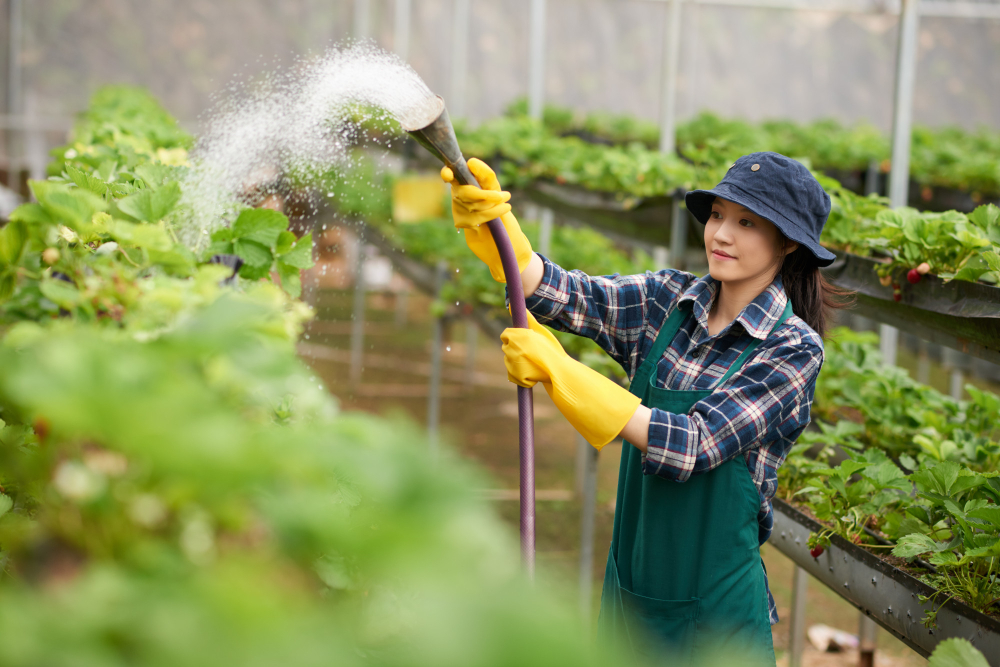
When grass needs water, it begins to turn blue and grey, and the older leaves of the plant begin to curl or wilt. If you have planted a new lawn, you will need to water it once a day so that the seeds can germinate and a strong root system can form.
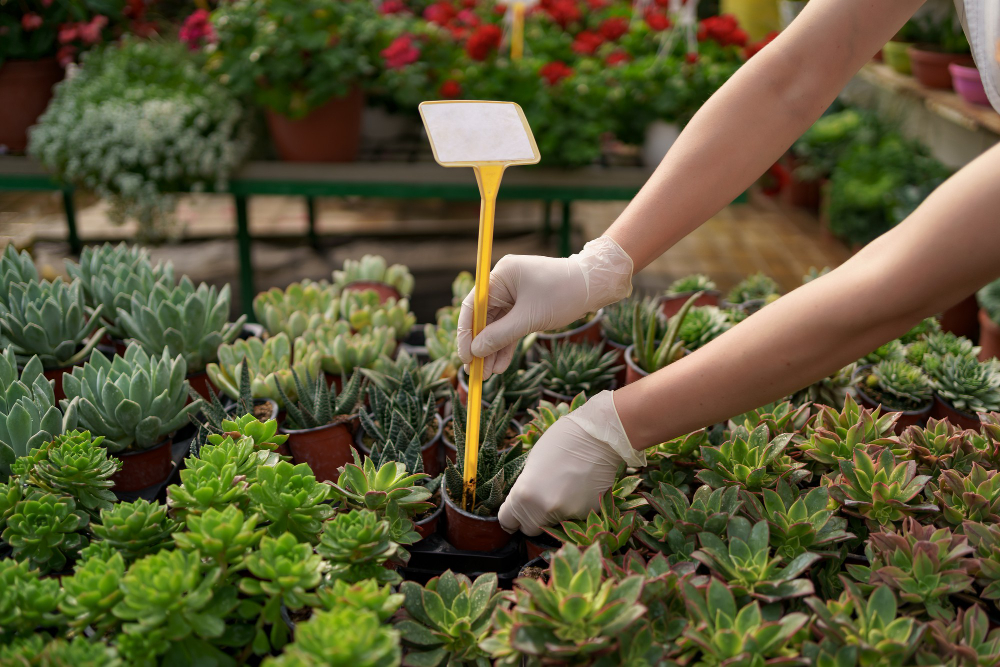
Nowadays, new technologies allow you to water your lawn comfortably. You can water your garden manually or automatically, with partial or full automation. The GARDENA product range includes stationary and mobile irrigation solutions, as well as irrigation pumps and controllers.
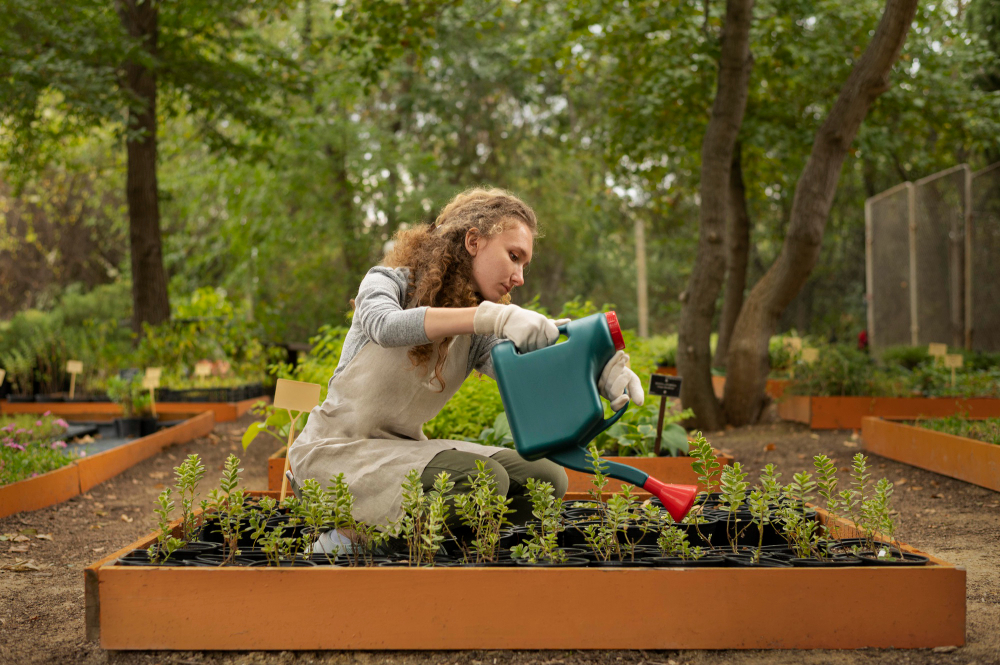
If you want, you can let automated, smart, programmable irrigation and sprinkler systems do all the work. All you will have to do is program and place the sprinklers.
Weed Control
With persistence and the right tools, you can win the battle against weeds in your lawn. Many weeds can be removed mechanically.
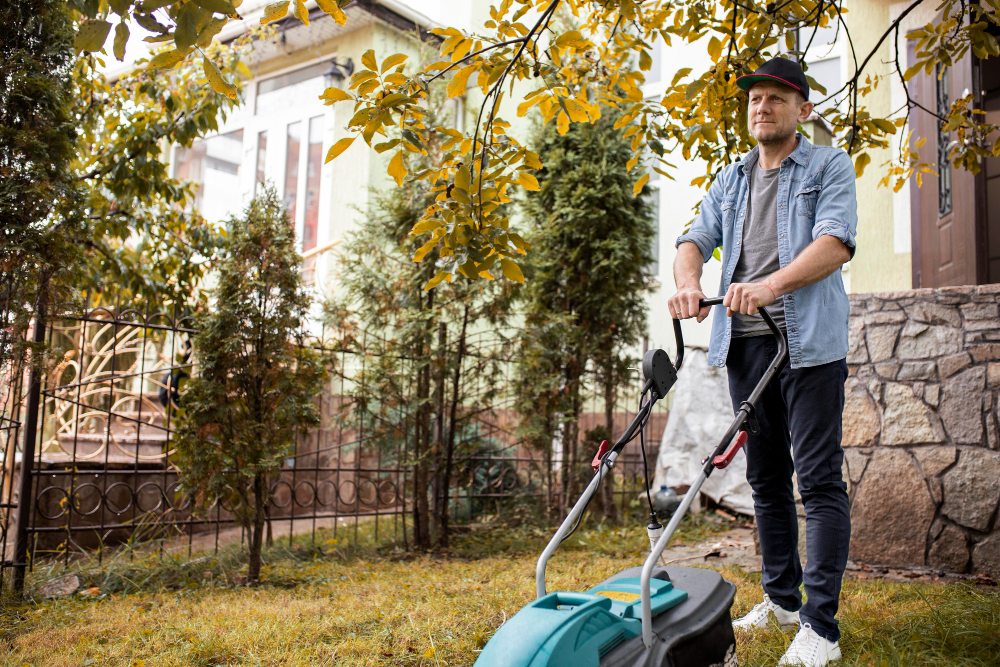
Smaller weeds (such as speedwells or white clover) can be removed with a hand weed, which is used to prevent and hinder their growth.
- Daisies and dandelions should be removed with a root weeder.
- It is very important to remove the maximum length of the root to prevent it from growing back.
- If there is still no way for them to disappear, you can resort to herbicides.
- If the bad roots have overtaken the grass, the best solution is to restructure the entire soil and cover it with rolled grass.
Scarifying And Aeration
Grass roots need air to breathe and grow. Often, the grass soil is not sandy enough to allow air to reach the roots, and consequently, growth does not develop.
With the help of a simple rake, you can make holes in the lawn and fill them with coarse sand. This way, surface water can flow and transport oxygen to the roots. Scarifying allows you to remove dead grass and other debris from your lawn. Removing the thatch layer from your lawn will provide more space for the lower parts of the grass to breathe and make the stems grow better.
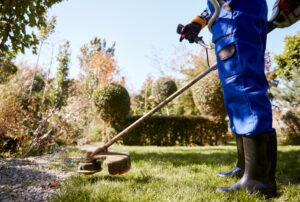 Every person who may have a garden in their home or the community knows the importance of having a more beautiful lawn as the days go by, for which the role of garden tools and products is important.
Every person who may have a garden in their home or the community knows the importance of having a more beautiful lawn as the days go by, for which the role of garden tools and products is important.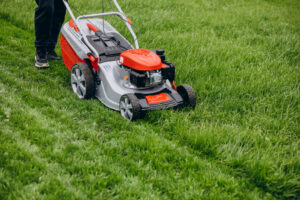 grasses and add a large amount of beneficial organic matter to the soil over time. This organic material creates a healthier, thicker, more vigorous lawn by improving soil structure. This improves water infiltration and also increases rooting depth, providing greater access to soil water and nutrients.
grasses and add a large amount of beneficial organic matter to the soil over time. This organic material creates a healthier, thicker, more vigorous lawn by improving soil structure. This improves water infiltration and also increases rooting depth, providing greater access to soil water and nutrients.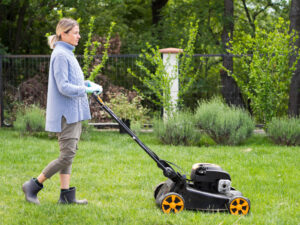 We have all felt at some point that being in a natural environment is not only very pleasant but also makes us feel better and recharges our batteries. It is scientifically proven that by surrounding ourselves with trees and fresh air, we suffer less anxiety and less depression, among many other benefits. Is there anything healthier than enjoying nature alone, as a couple or as a family?
We have all felt at some point that being in a natural environment is not only very pleasant but also makes us feel better and recharges our batteries. It is scientifically proven that by surrounding ourselves with trees and fresh air, we suffer less anxiety and less depression, among many other benefits. Is there anything healthier than enjoying nature alone, as a couple or as a family?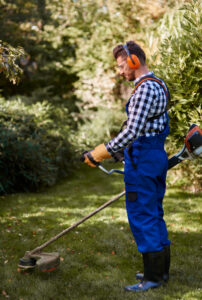 A beautiful and very thick grass is one of the most important elements in the conditioning of a garden. Its relaxing colour and the soft grass carpet invite you to relax and play with family and friends.
A beautiful and very thick grass is one of the most important elements in the conditioning of a garden. Its relaxing colour and the soft grass carpet invite you to relax and play with family and friends.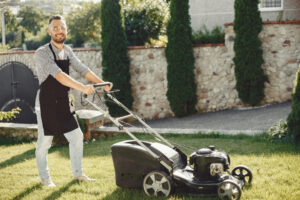 Two regular and vital lawn care procedures are watering and mowing. Regular means constantly.
Two regular and vital lawn care procedures are watering and mowing. Regular means constantly.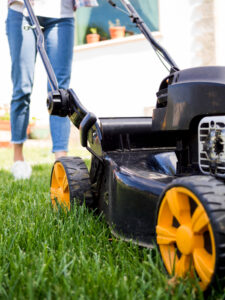 To ensure that the entire surface of the lawn is covered with watering, it is necessary to position the sprinklers correctly. In order for sprinklers to work properly, it is necessary to select the correct pump, pipes, valves and other equipment. And this is the work of design engineers.
To ensure that the entire surface of the lawn is covered with watering, it is necessary to position the sprinklers correctly. In order for sprinklers to work properly, it is necessary to select the correct pump, pipes, valves and other equipment. And this is the work of design engineers.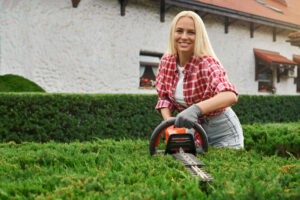 Scarification (Combing)
Scarification (Combing)